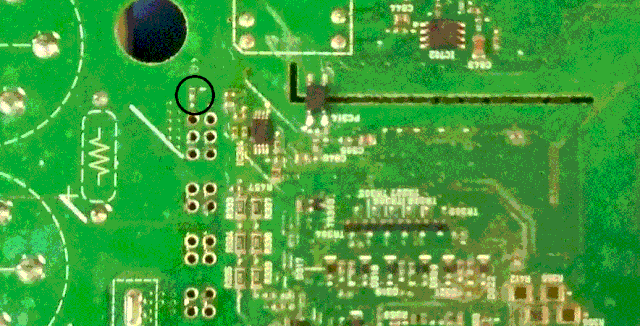HeltElektrisk
New member
- Joined
- Aug 4, 2019
- Messages
- 3
Hi
Norway here - same problem as most of you have reported: My 2011 C-Zero (85000 km) suddently would'nt charge at home anymore. I have no error-indications in the dispalys. The 12V battery is fine (replaced two years ago). When I plug in the homecharger I can hear the charger/fan in the car starts up, and then suddently stops charging after a few seconds. The chademo charger works fine. My dealer had a look at the car and told med there where a problem with the dc-dc converter, and that they would have to replace it with a new one, at the cost at $4500.
So o found the dc-dc converter repair-video on utube that some og you at this forum had posted and started working on my car.. But: in my case neither the fuse or the two (blue) casapitors are blown... I even replaced the two capasitors to be sure (have heard that they might be blown - even if they seems fine ont the top of them)... So: I cant find any thing on the board that seems blown/damaged in any way, - so I guess my question is if anybody have any suggestions to what else might be broken?
Im tempted to buy a used replacement dc-dc converter and just switch the whole box, - but then I need to be relatively sure that this will fix my problem...
Sorry for my bad english - and I really have no clue about electric-stuff, - so keep it simple... thanks!
thanks!
Norway here - same problem as most of you have reported: My 2011 C-Zero (85000 km) suddently would'nt charge at home anymore. I have no error-indications in the dispalys. The 12V battery is fine (replaced two years ago). When I plug in the homecharger I can hear the charger/fan in the car starts up, and then suddently stops charging after a few seconds. The chademo charger works fine. My dealer had a look at the car and told med there where a problem with the dc-dc converter, and that they would have to replace it with a new one, at the cost at $4500.
So o found the dc-dc converter repair-video on utube that some og you at this forum had posted and started working on my car.. But: in my case neither the fuse or the two (blue) casapitors are blown... I even replaced the two capasitors to be sure (have heard that they might be blown - even if they seems fine ont the top of them)... So: I cant find any thing on the board that seems blown/damaged in any way, - so I guess my question is if anybody have any suggestions to what else might be broken?
Im tempted to buy a used replacement dc-dc converter and just switch the whole box, - but then I need to be relatively sure that this will fix my problem...
Sorry for my bad english - and I really have no clue about electric-stuff, - so keep it simple...


































